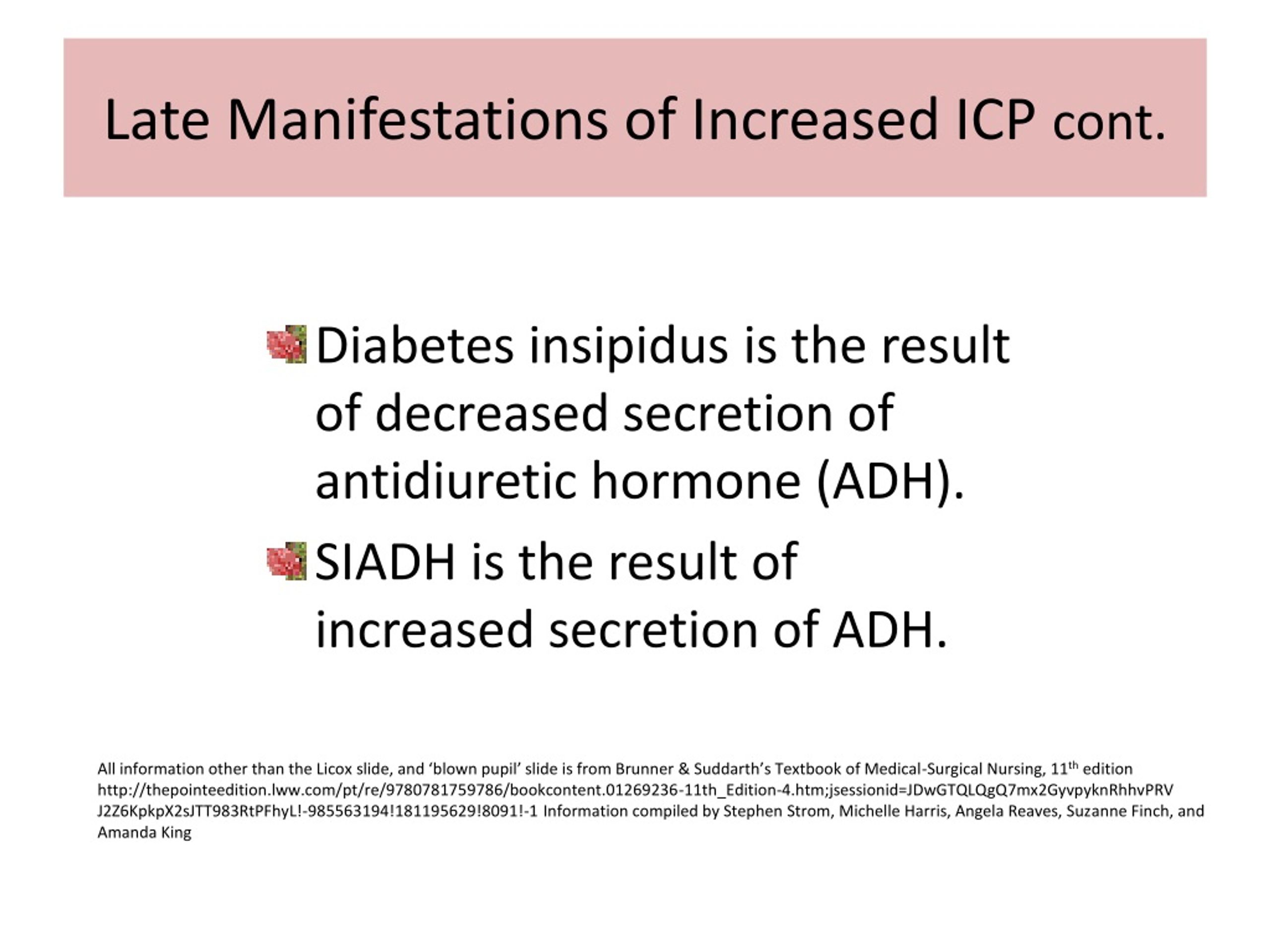

The Glasgow Coma Scale (GCS), the most commonly used system for classifying TBI severity, grades a person's level of consciousness on a scale of 3–15 based on verbal, motor, and eye-opening reactions to stimuli. Severity Severity of traumatic brain injury īrain injuries can be classified into mild, moderate, and severe categories. A penetrating, or open, head injury occurs when an object pierces the skull and breaches the dura mater, the outermost membrane surrounding the brain. A closed (also called nonpenetrating, or blunt) injury occurs when the brain is not exposed.

Mechanism-related classification divides TBI into closed and penetrating head injury.

TBI is usually classified based on severity, anatomical features of the injury, and the mechanism (the causative forces). In neuropsychology research literature, in general the term "traumatic brain injury" is used to refer to non-penetrating traumatic brain injuries. Similarly, brain injuries fall under the classification of central nervous system injuries and neurotrauma. However, the terms head injury and brain injury are often used interchangeably. All traumatic brain injuries are head injuries, but the latter term may also refer to injury to other parts of the head. TBI is one of two subsets of acquired brain injury (brain damage that occur after birth) the other subset is non-traumatic brain injury, which does not involve external mechanical force (examples include stroke and infection). Brain function is temporarily or permanently impaired and structural damage may or may not be detectable with current technology. Traumatic brain injury is defined as damage to the brain resulting from external mechanical force, such as rapid acceleration or deceleration, impact, blast waves, or penetration by a projectile. The 20th century saw developments in diagnosis and treatment that decreased death rates and improved outcomes. Males sustain traumatic brain injuries around twice as often as females. TBI is a major cause of death and disability worldwide, especially in children and young adults. Counseling, supported employment and community support services may also be useful. Physical therapy, speech therapy, recreation therapy, occupational therapy and vision therapy may be employed for rehabilitation. Depending on the injury, treatment required may be minimal or may include interventions such as medications, emergency surgery or surgery years later. Prevention measures include use of seat belts and helmets, not drinking and driving, fall prevention efforts in older adults and safety measures for children. Some of the imaging techniques used for diagnosis include computed tomography (CT) and magnetic resonance imaging (MRIs). These processes include alterations in cerebral blood flow and pressure within the skull. In addition to the damage caused at the moment of injury, a variety of events following the injury may result in further injury. Brain trauma occurs as a consequence of a sudden acceleration or deceleration within the cranium or by a complex combination of both movement and sudden impact. TBI can result in physical, cognitive, social, emotional and behavioral symptoms, and outcomes can range from complete recovery to permanent disability or death.Ĭauses include falls, vehicle collisions and violence. Head injury is a broader category that may involve damage to other structures such as the scalp and skull.

TBI can be classified based on severity (ranging from mild traumatic brain injury to severe traumatic brain injury), mechanism ( closed or penetrating head injury), or other features (e.g., occurring in a specific location or over a widespread area). Physical, cognitive, sensory, social, emotional, and behavioral symptomsīased on neurological exam, medical imaging Ī traumatic brain injury ( TBI), also known as an intracranial injury, is an injury to the brain caused by an external force. There is also displaced skull fracture of left transverse parietal and temporal bones. Intracranial injury, physically induced brain injury ĬT scan showing cerebral contusions, hemorrhage within the hemispheres, and subdural hematoma.


 0 kommentar(er)
0 kommentar(er)
